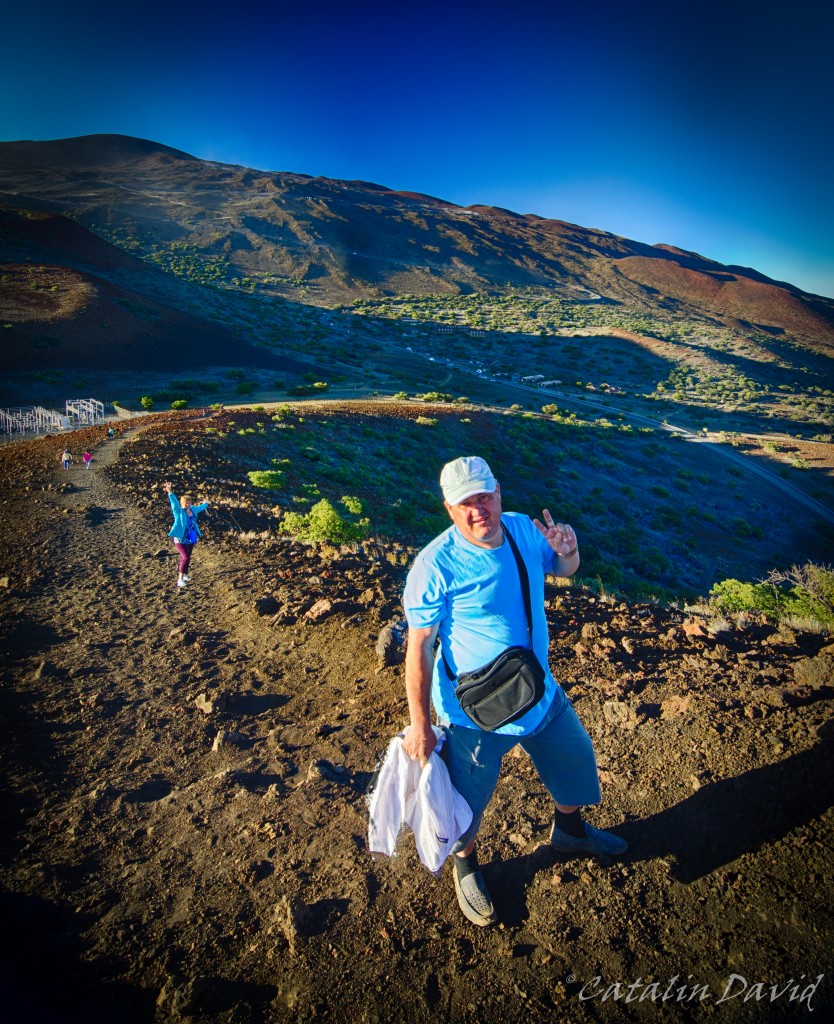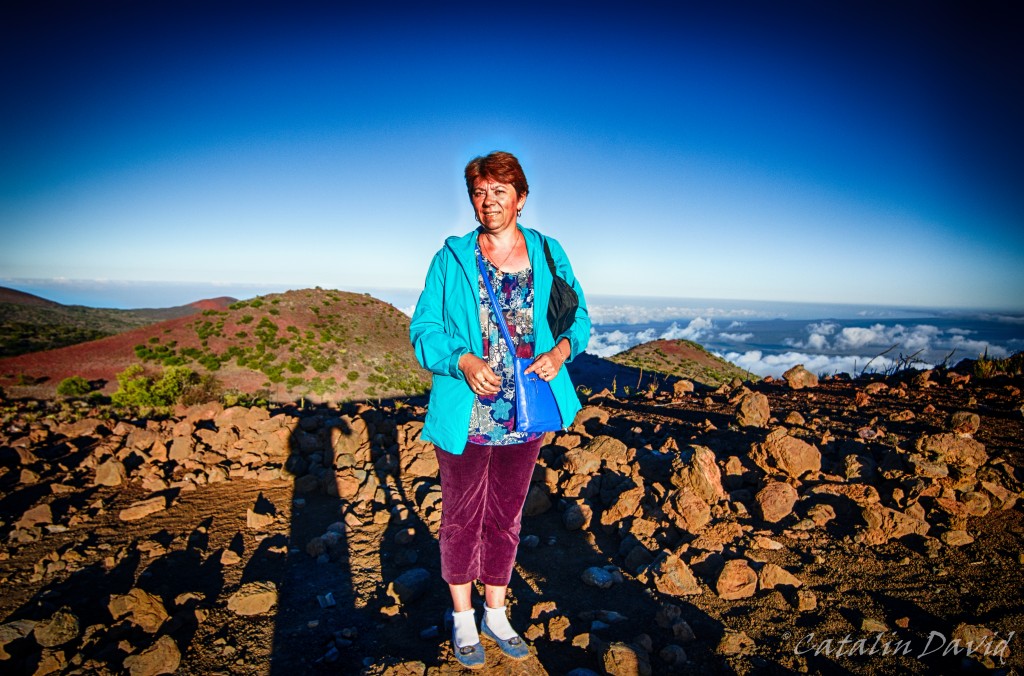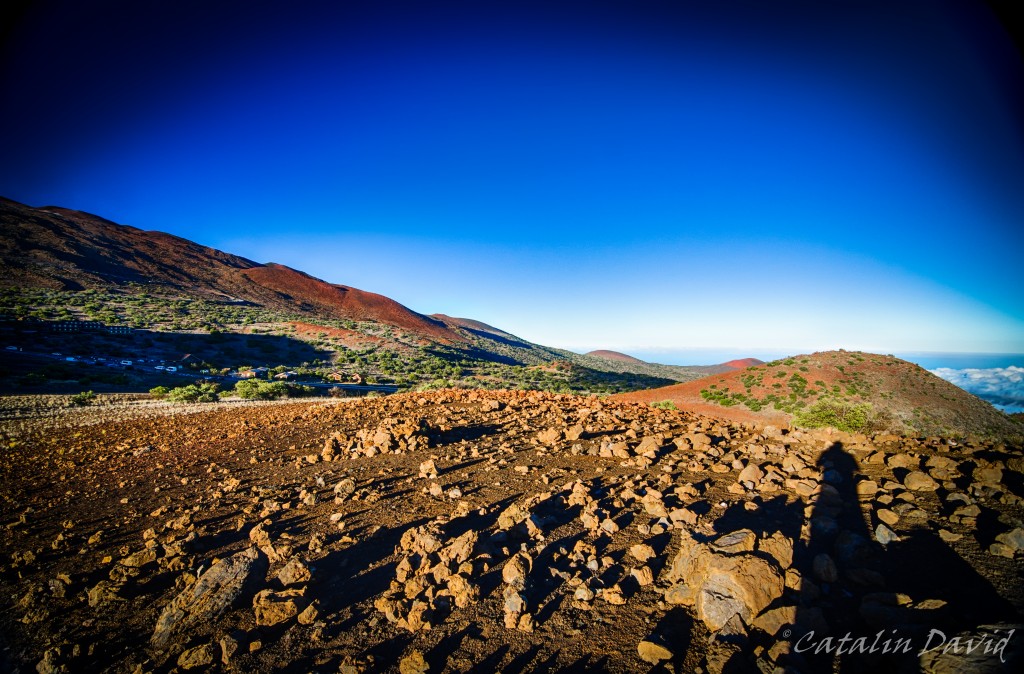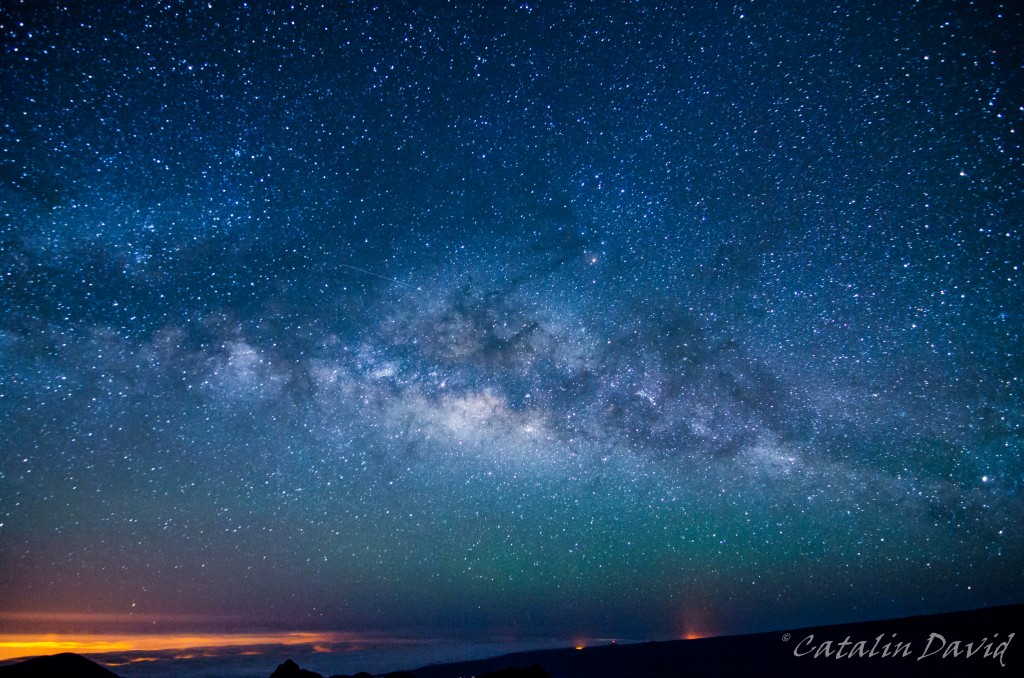Tag: mauna kea

Hi and welcome to the last part of day 2 in Hawaii! Remember to click on the pictures for full resolution – welcome and let’s go!
It’s been a fun day and it had to just end in a great way. So? On our way from Hilo to Kona, we decided to take a small detour and go to Mauna Kea – the Onizuka Center for International Astronomy. Mauna Kea is the tallest mountain in the world measured from base to top – it is about 10000m tall, while Everest is only a bit over 4500m tall. But, most of Mauna Kea is actually under water and only its peak can be explored by foot. The peak of Mauna Kea is at over 4200m above sea level, while the Onizuka Center (visitor center) is at 2800m above sea level. At the top of Mauna Kea sit some of the world-famous telescopes – besides the high altitude, Mauna Kea benefits them by usually having no clouds at the top. The people of the Big Island are respectful of such an investment in research on the island and only use sodium-based street lamps so that they don’t pollute the darkness at the top.
We got there in the evening and we were able to see quite a few buses that would go all the way to the top to see the sunset and then admire the stars. All of them had to stop, though at the visitor center. The reason? Acclimatization. The road can take you in about 2 hours from sea level to 4200m. And if you don’t stop, your body will most likely freak out.
You can already see in this set of pictures the shades of blue of the sky (this is not photoshopped). This is because the air density is already lower and the air molecules are scattering less light upon us. The intensity of the blue, combined with the sunset yellow / orange are bound to create some interesting views and feelings. The soil is somewhat variable, between lava-rocks and sand (coming from lava) and it has a shade of red that would make you feel like Spirit on Mars. In the picture above, you can see the Onizuka Center for International Astronomy – we spent about 1 hour around there, learning more about the guy, the observatories at the top and what is visible from here as well as from the top. The trip to the top is interesting because you are above everything you can see around you and you get to see the telescopes from close (entrance is prohibited). once we were done with that, we decided to go hike a bit around to get a better view. We walked for a bit, I snapped some pictures. The view was good, but not great, so we had to go a bit further up.

How much? Quite a bit. Especially when you feel every breath taking its toll on you and the lack of freshness in the air. Mauna Kea is actually in the background of this picture and you can see the zig-zag road that goes up the mountain (the peak is not actually visible here). There is a foot path that goes from the visitor center to the top – they say it takes about 8 hours of hiking to get up there. The foot path is rather steep, sandy and a bit of a challenge. Last time I was here … no, I did not climb by foot all the way to the top. Last time I was there, I took the foot path for about 1h, maybe 1h and a half. We were pretty beat – it was the middle of the summer, the sun was agonizing and we decided to bail out and get in the back of a truck that was coming from the top to get back to the visitor center. On our path, we encountered a funny sign: “Stay on the foot path or you risk to be shot. Private military range” – apparently the foot path goes through a US military base training land on the island – I assume that’s where they tested all their stuff for the wars in the past couple of years.

Well, that’s a better view, right?

And we finally got a picture with all of us together. Yes, those small dots in the background were where we parked our car.

We sat around a bit for the sunset. This is actually the best sunset picture that I have from that trip (I think). And actually, one of the best ever.

One of the coolest signs that I’ve seen.
But the main reason you go to Mauna Kea is the night sky. As I said, these are rather perfect conditions – no clouds, no light pollution, high altitude, so no air pollution. And if my camera and lens can take such pictures, imagine what they can do with more money and more technology. I present you Milky Way. The yellow patch in both the pictures is the city of Hilo (and some remote houses).
Technique? Tokina 11-16 f/2.8 @ 11mm @ f/2.8, 30s, ISO 6400. Point to the sky, make sure you don’t move either you or the camera, press the remote control button and wait. In the cold. So, in case I haven’t mentioned, it gets cold. So cold, that while I was taking pictures with my father by my side (on the hill from the pictures above) my mother was waiting outside the visitor center and got hypothermia and was shivering all the way home (2h). Some hot wine, some brandy and sleep made it better by the morning.
Good night,
/cd


